Mitchell Toy: How Victoria very nearly ended up as the Province of Bonaparte
Victoria was on the cusp of becoming a French colony but a small change of course in history flung us towards a different fate.
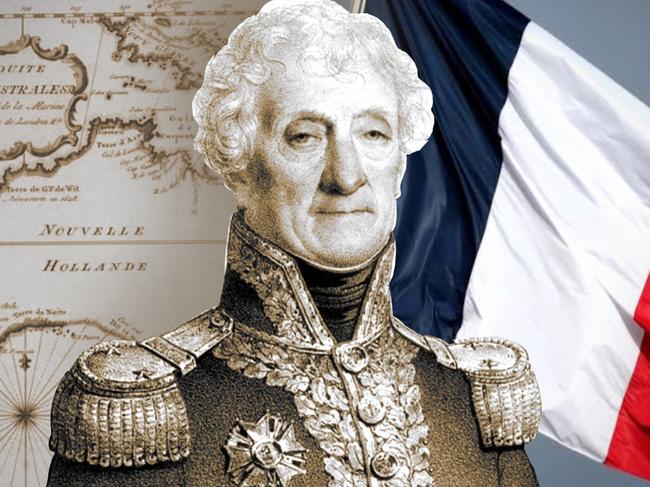
Victoria
Don't miss out on the headlines from Victoria. Followed categories will be added to My News.
A big clue to how close Victoria came to being a French colony sits smack in the middle of Western Port Bay.
It was there in 1802 that an unfamiliar tallship sidled to the coast and silently charted each rocky outcrop and sandy beach.
To the Indigenous people, every such ship looked the same.
But this time the red, white and blue that hung from the flagstaff was not the Union Jack.
This was the ship Naturaliste, flying the French tricolour and scouting the southern oceans on a mission from Napoleon.
Esteemed French naval officer Jacques Hamelin studied every corner of an unknown island during a three-year expedition around New Holland.

He named this part of the world Île de Françoise – but we know it in English as French Island.
In the late 18th and early 19th century, the area that became Victoria was a whisker away from becoming a French colony.
It was fate and British zeal that carved the course of history.
NOUVELLE HOLLANDE
It is hard to imagine a French Melbourne.
Perhaps the cafe culture would be roughly the same, but would Australian rules football and cricket still be played at the MCG?
Or would soccer, tennis and cycling be our weekly sporting obsessions?
Would we be the Province of Bonaparte instead of the State of Victoria?
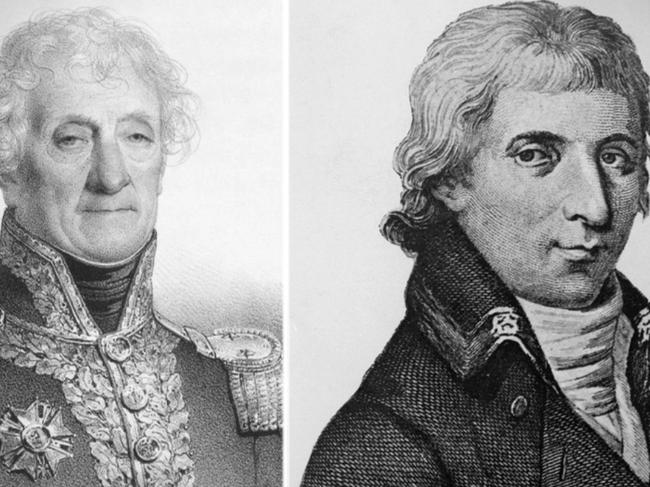
Would the hard border between Victoria and the rest of the country be permanent, not just for Covid anxiety?
And would we all be speaking French with our own distinct Australian accent, like French speakers in Canada?
Those questions would have been answered but for a small change of course in history that flung us towards a different fate.
After Captain James Cook’s voyage up the east coast in 1770, including the landing at Botany Bay, France was anxious to match their rival’s efforts in the southern oceans.
Britain and France were in a state of on-and-off war and both were desperate for any strategic advantage, even in times of peace.
The first major exploratory voyage made by the French to the south was in 1785 when revered sailor Jean-François de Galaup, comte de Lapérouse, was appointed by King Louis XVI to undertake an epic trip that shadowed Cook’s earlier successful mission.
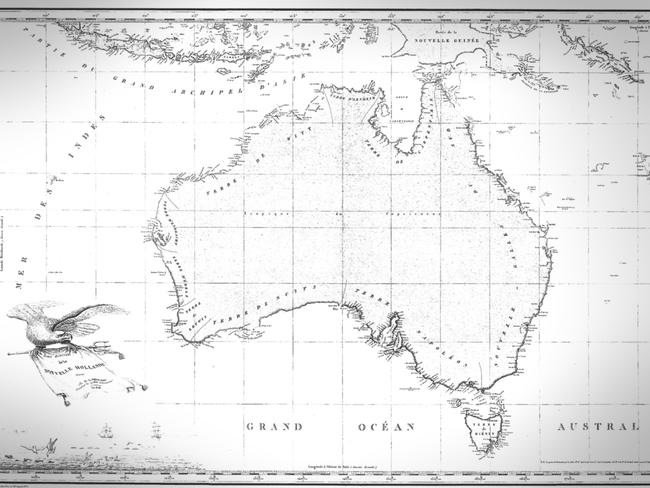
Lapérouse arrived at Botany Bay in January 1788 just days after Arthur Phillip’s First Fleet sailed in.
But, given it was peace time, the French were welcomed courteously and stayed at the new British colony for several weeks before moving on.
However, tensions between the two powers would eventually drive the first British settle in what is now Victoria.
THE SORRENTO COLONY
When he commissioned the great Lapérouse expedition, little did King Louis XVI know that just eight years later he would be made shorter at the guillotine.
Between 1789 and 1799 France was upheaved by revolution, during which thousands of people, mostly former aristocrats, were beheaded.
The French turmoil ultimately brought a new and formidable nemesis for Britain – Napoleon Bonaparte.
By the dawn of the 19th century, with Sydney prospering as a British outpost on the edge of the world, France’s renewed zeal was a worry for Britain.
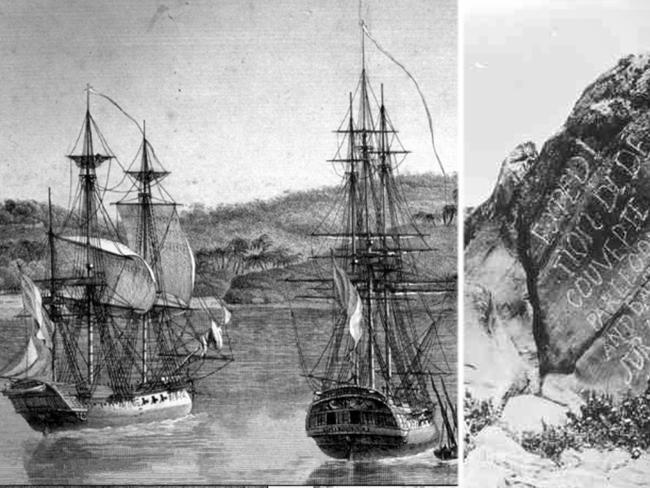
Napoleon, who was two years away from declaring himself emperor, was aggressively expanding French colonies and even reintroducing slavery in far-flung French territories – a practice that had been stamped out during the French Revolution.
That was when Jacques Hamelin came in Naturaliste, accompanied by the ship Géographe led by explorer Nicolas Baudin.
By 1802 they were in Bass Strait, went ashore what is now Tasmania and interacted successfully with the Indigenous people.
Reacting to the threat of French settlement, the British, led by Lieutenant David Collins, ventured into Bass Strait and set up a colony inside Port Phillip Bay at what is now Sorrento, in 1803.
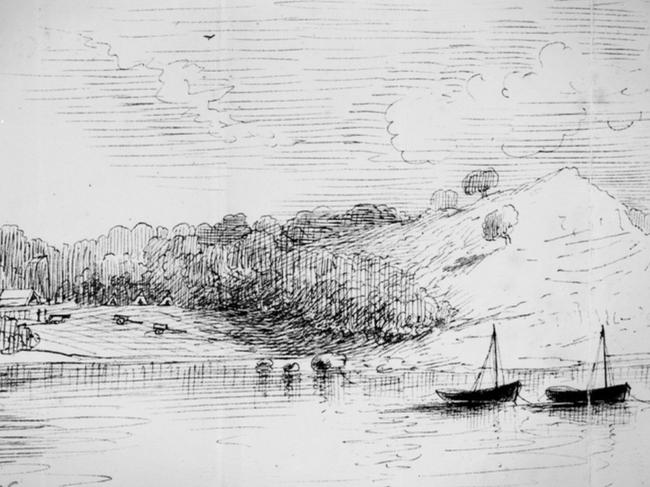
But plagued by a lack of water and other difficulties, the settlement was soon abandoned and its inhabitants moved to Van Diemen’s Land.
Had Collins and his hardy community of settlers perished or abandoned their mission, the French might well have seen an opportunity to settle the coasts and islands of Bass Strait.
The Baudin expedition was considered a great success for France and resulted in new maps and scientific and natural discoveries, although Baudin died from tuberculosis on the return voyage.
Still, French place names dotted around the Australian coast are an echo of their presence.
A rock on Kangaroo Island was left with a French inscription which translated to: “Expedition of discovery by Captain Baudin in the Géographe, 1803”, in the area now known as Frenchman’s rock.
And French Island, now a national park, is a reminder of how very different things might have been.
More Coverage
Originally published as Mitchell Toy: How Victoria very nearly ended up as the Province of Bonaparte




